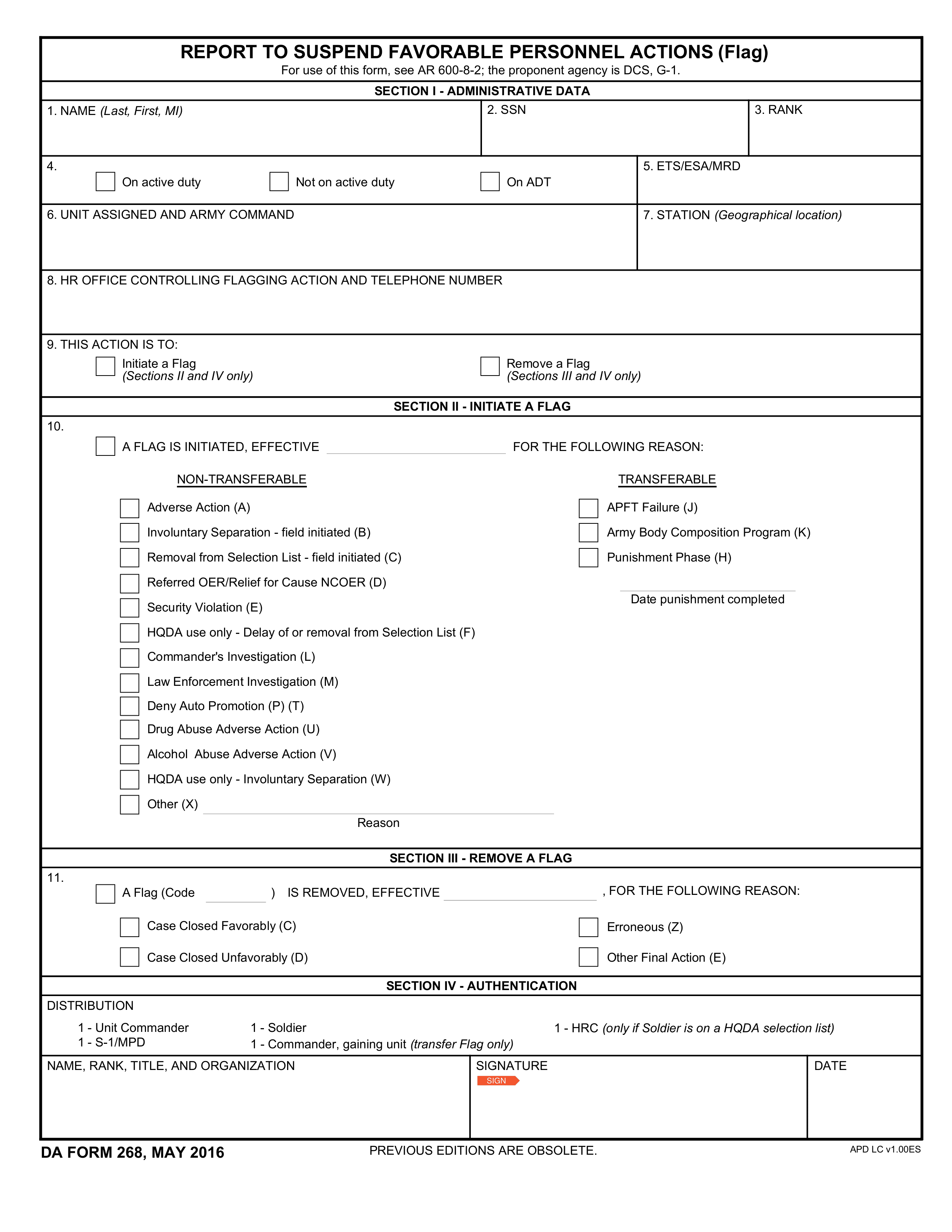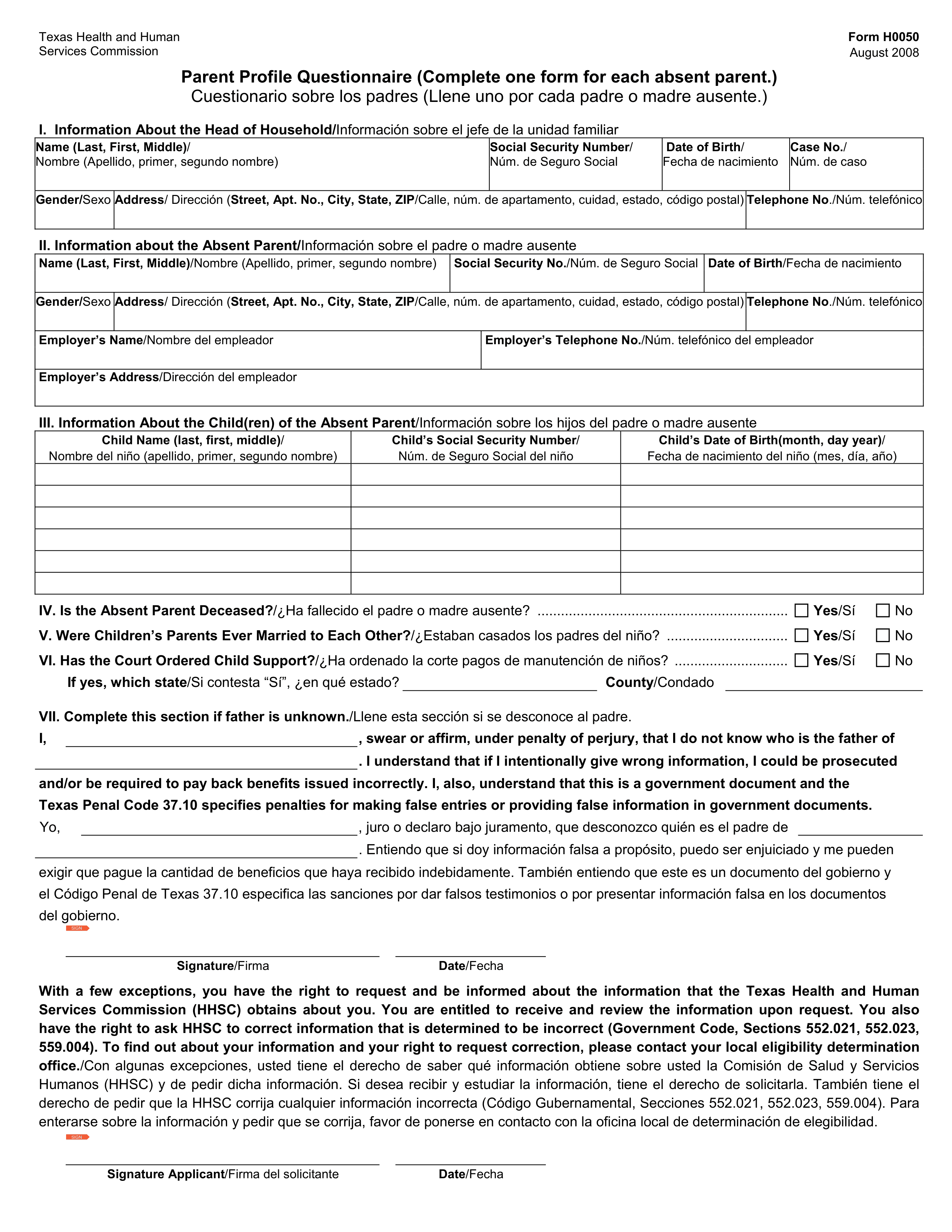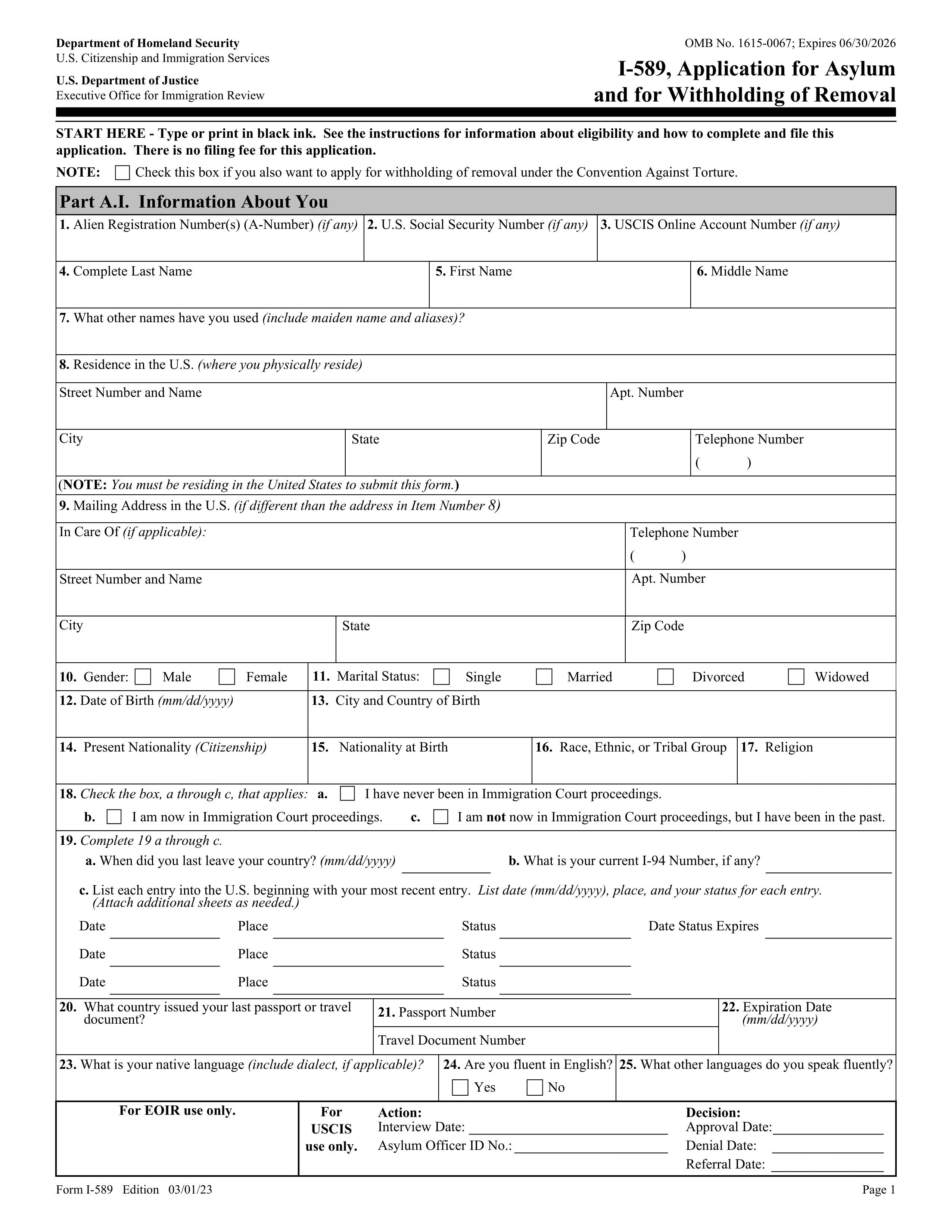What is Form 706?
Form 706, the United States Estate (and Generation-Skipping Transfer) Tax Return, is a crucial tax form that the executor of a deceased person's estate must complete. Its main purpose is to calculate and report any federal estate taxes and generation-skipping transfer taxes owed. This form assesses the total value of the estate, including both assets and liabilities, to determine tax obligations. Accurately completing Form 706 is essential for ensuring the estate pays the correct taxes while also allowing for potential deductions and exemptions to lessen the tax burden.
What is Form 706 used for?
Form 706 is important for managing estate taxes. Here’s what it’s used for:
- Calculate Estate Tax: Determine the tax owed on an individual's assets after death.
- Report Generation-Skipping Transfers: Report transfers that skip a generation and incur the generation-skipping transfer tax.
- File Estate Tax Return: File a tax return if the estate's value exceeds the IRS exemption amount.
How to fill out Form 706?
- 1
Determine if you need to file Form 706 based on the estate's value or portability options.
- 2
Gather necessary documents, including property inventories and liabilities.
- 3
Attach any required documents, like foreign tax returns, if applicable.
- 4
Round off amounts to whole dollars by dropping cents under 50.
- 5
File your completed form within nine months of the decedent's death or any granted extensions.
Who is required to fill out Form 706?
The groups responsible for completing Form 706 are typically the executor or personal representative of the decedent's estate, including any co-executors if applicable. They must ensure the form is filled out correctly and filed on time to meet IRS regulations.
After completion, the form is used by the IRS to assess the estate's tax liabilities. The executor or personal representative must sign it, confirming their duty in the filing process and facilitating the transfer of the deceased spousal unused exclusion amount.
When is Form 706 not required?
Form 706 is not required if the gross estate value is $13,610,000 or less, including adjusted taxable gifts and specific exemptions. Estates below this threshold may need to file if they choose portability of the deceased spouse’s unused exclusion (DSUE). Additionally, estates under Minnesota's $3 million threshold do not need to file Form M706.
When is Form 706 due?
The deadline for Form 706 is within 9 months after the date of the decedent's death. If you cannot file by this date, you can request a 6-month extension by filing Form 4768. If the due date falls on a Saturday, Sunday, or legal holiday, the deadline is the next business day.
How to get a blank Form 706?
To get a blank Form 706, simply visit our website. The form is provided by the Internal Revenue Service (IRS) and is pre-loaded in our editor, ready for you to fill out. Remember, our platform helps with filling and downloading, but not filing forms.
How to sign Form 706 online?
To sign Form 706, you can add a handwritten signature, a scanned image of your signature, or an electronic signature approved by the IRS. The IRS accepts various signing methods like electronic signature pads or stylus devices. For the latest updates on signing requirements, be sure to check official IRS resources. Use PDF Guru to fill out your form, download it, and handle any submission tasks separately. Remember, we do not support form submissions.
Where to file Form 706?
Submit the original signed Form 706 and all required attachments by mail to the Department of the Treasury Internal Revenue Service. Also, you may use a private delivery service to submit the form to Internal Revenue Submission Processing Center.
The IRS currently requires paper submission of Form 706. It cannot be e-filed directly by individuals. Always check the latest IRS instructions for any updates to submission procedures.




